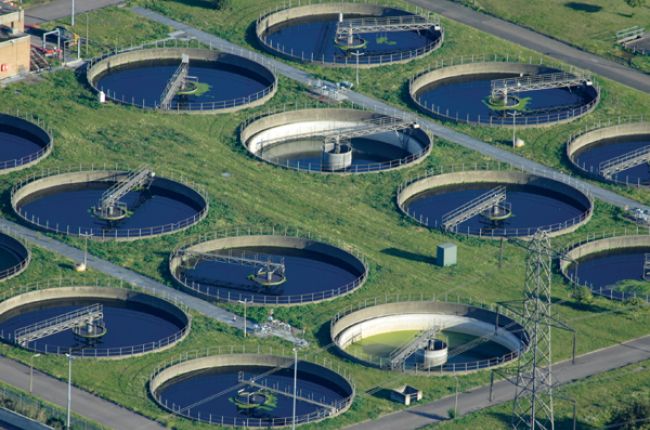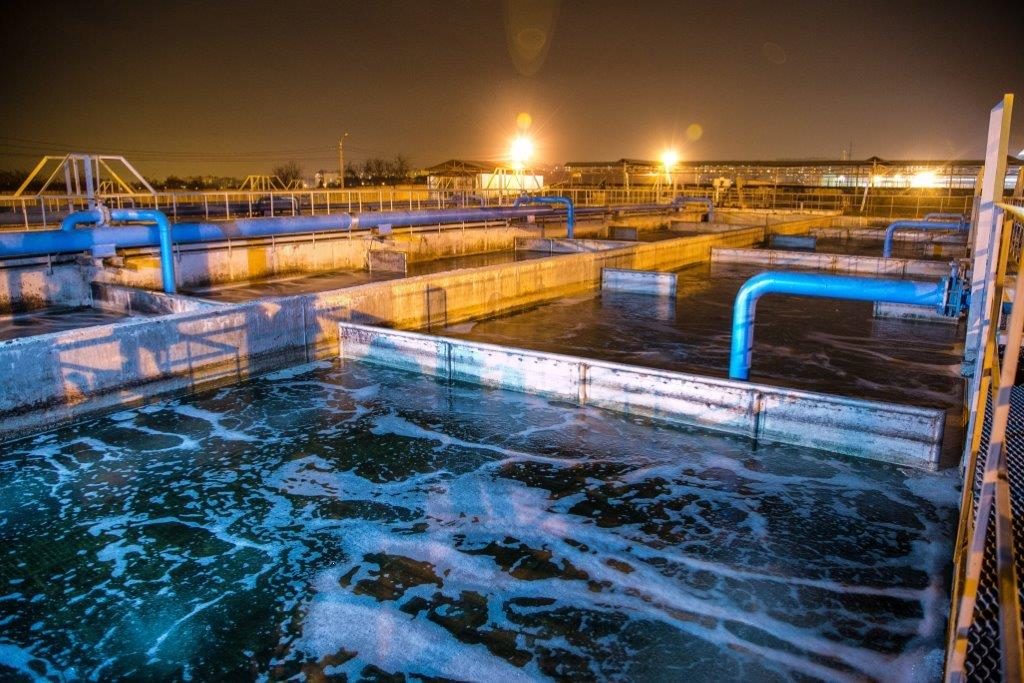Ingenious Methods to Waste Water Treatment Technologies
Ingenious Methods to Waste Water Treatment Technologies
Blog Article
Strategic Approaches to Improve Drainage Therapy Effectiveness and Minimize Environmental Influence
In the world of waste water therapy, the pursuit for boosted performance and reduced environmental impact is a continuous obstacle that requires tactical remedies. As culture faces the crucial to manage water sources sustainably, a nuanced method comes to be crucial. The assimilation of innovative treatment modern technologies, energy-efficient procedures, resource recovery methods, improved nutrient elimination strategies, and clever surveillance and control systems stands for a complex structure for dealing with these pressing concerns. What exists at the core of this complex web of approaches is the prospective to transform the means we come close to waste water treatment, not simply as a procedure of disposal, yet as a useful possibility for technology and environmental stewardship.
Advanced Therapy Technologies
Advanced membrane layer filtration systems have actually reinvented advanced wastewater treatment procedures, dramatically boosting the removal of pollutants. This technology has verified to be highly reliable in removing a wide variety of contaminants, consisting of pharmaceuticals, heavy metals, and organic substances, which are typically challenging to eliminate through traditional treatment techniques.
Furthermore, membrane filtration systems use countless advantages over traditional treatment approaches. In addition, these systems are highly versatile and can be quickly incorporated right into existing therapy plants or used as standalone systems for decentralized applications.
Energy-Efficient Processes
The assimilation of energy-efficient processes in wastewater therapy systems is essential for maximizing source utilization and lowering functional expenses. One key technique to boosting energy effectiveness in wastewater therapy is the usage of innovative oygenation systems, such as fine bubble diffusers or surface area aerators, which can improve oxygen transfer efficiency and decrease power consumption.
Furthermore, maximizing procedure control and automation through using advanced sensors and monitoring systems can enhance overall power performance by adjusting procedures in real-time based on actual demand and conditions. Executing energy audits and consistently keeping an eye on power efficiency signs are important methods to identify locations for enhancement and track energy-saving campaigns successfully. Overall, the adoption of energy-efficient procedures in wastewater therapy not just benefits the atmosphere however additionally adds to long-lasting price financial savings and operational sustainability.
Source Recovery Strategies
With a concentrate on maximizing source use and sustainability in wastewater therapy systems, the implementation of source healing approaches arises as a pivotal element in improving operational performance. Source healing strategies in wastewater treatment involve the identification and extraction of important sources from the waste stream, thus transforming what was once considered waste right into a beneficial asset. By carrying out resource recuperation techniques such as nutrient removal and healing, power generation from natural matter, and the manufacturing of recyclable water, wastewater treatment plants can reduce ecological effect while making the most of performance.

Boosted Nutrient Elimination Strategies
Executing sophisticated nutrient removal techniques is necessary for enhancing the effectiveness of wastewater therapy systems. Enhanced nutrient removal plays a crucial duty in reducing the ecological influence of cured effluent released into water bodies. One of the crucial strategies made use of for boosted nutrient removal is the process of biological nutrient elimination (BNR), which entails the elimination of nitrogen and phosphorus with organic procedures. This can be attained through using specialized microorganisms that can convert nitrogen substances into inert nitrogen gas via denitrification, and gather phosphorus within their cells through a process called boosted biological phosphorus removal (EBPR)

In addition to BNR, progressed therapy techniques such as membrane layer bioreactors (MBRs) and constructed marshes can likewise be utilized to improve nutrient removal performance. By site web integrating these advanced nutrient removal methods right into wastewater therapy sectors, systems and towns can efficiently lower nutrient air pollution and safeguard the atmosphere.
Smart Monitoring and Control Equipment
Using sophisticated technology, the assimilation of smart surveillance and control systems transforms the functional effectiveness of wastewater therapy facilities. These systems integrate innovative sensing units and data analytics to continually keep an eye on vital specifications such as pH degrees, turbidity, liquified oxygen, and circulation prices in real-time. By collecting and assessing this data, operators can get useful insights into the performance of the therapy procedures, enabling positive adjustments to maximize treatment effectiveness.
Smart monitoring and control systems likewise sustain remote monitoring abilities, enabling operators to accessibility real-time information and control features from off-site areas. This remote accessibility improves functional versatility and responsiveness, allowing quick treatments in case of system malfunctions or fluctuations in influent high quality. Moreover, the anticipating maintenance capacities of these systems aid avoid equipment failings and reduce downtime, ultimately improving the overall integrity of wastewater treatment procedures (Waste Water Treatment).
Verdict
Finally, critical methods such as innovative therapy technologies, energy-efficient procedures, resource recovery strategies, additional hints improved nutrient removal methods, and clever monitoring and control systems play an important duty in improving wastewater treatment efficiency and lessening ecological effect. By executing these strategies, wastewater therapy plants can enhance their overall efficiency, decrease power consumption, recoup valuable sources, and make certain compliance with ecological laws. These techniques are crucial for efficient and lasting wastewater management techniques.

In conclusion, tactical methods such as sophisticated therapy modern technologies, energy-efficient processes, source healing approaches, enhanced nutrient removal methods, and smart surveillance and control systems play an important function in improving wastewater treatment efficiency and minimizing ecological impact.
Report this page